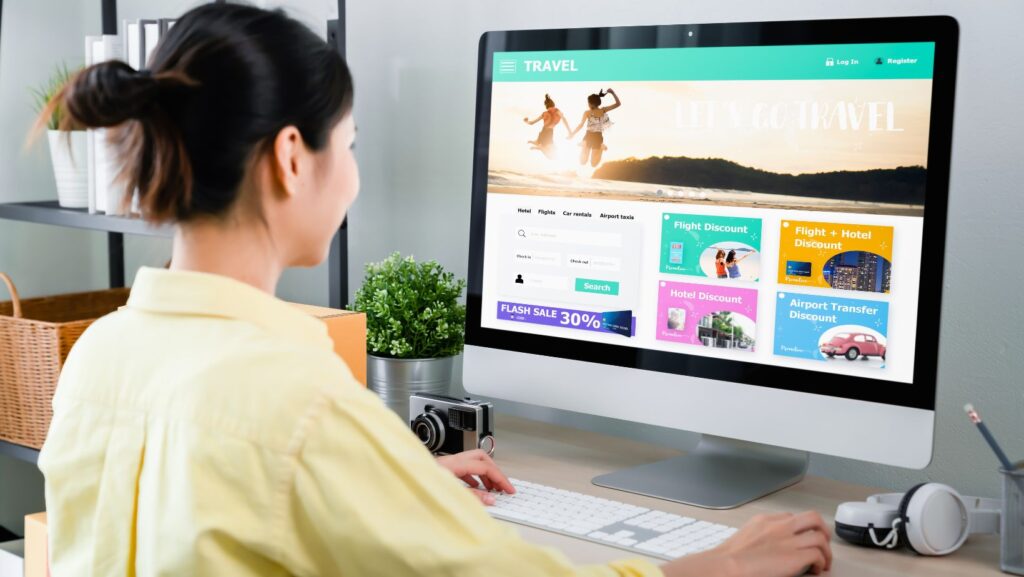
In today’s digital age, having a website is akin to owning a storefront in the global market. However, not just any website will do; it must be user-friendly to stand out and captivate your audience. User-friendly websites offer seamless navigation, engage visitors, and ultimately lead to higher conversion rates. Accessibility and the use of plugins play pivotal roles in enhancing user experience, ensuring that everyone, regardless of their abilities, can navigate your site with ease. Let’s dive into the crucial tips that make a website user-friendly.
A cornerstone of a user-friendly website is clear and intuitive navigation. Users should find what they’re looking for in just a few clicks, thanks to easy-to-understand menus and a logical page hierarchy. Incorporating breadcrumbs helps users trace their steps back without frustration. Navigation isn’t just about moving from one page to another; it’s about providing a smooth journey that makes the user feel in control, reducing bounce rates, and encouraging longer visits.
Responsive Design
As the variety of devices used to access the internet continues to expand, having a website that adapts to different screens has become essential. A site must look appealing and function seamlessly on a desktop, tablet, or smartphone. Engaging with professionals like Eversite to develop a customized and responsive web design can be highly beneficial. This approach ensures that your site’s layout automatically adjusts to fit the screen size, providing an optimal viewing experience. By focusing on adaptability, you expand your reach and enhance user engagement and satisfaction.
Fast Loading Times
In today’s fast-paced world, where every second counts, rapid loading times are absolutely paramount to keeping users engaged with your website. Websites with slow loading times not only lead to user frustration but also take a toll on search engine rankings – a double whammy that can seriously affect your online presence. Using cPanel hosting can help streamline website management and improve performance through tools that facilitate caching and resource optimization. There are numerous effective strategies to enhance your website speed, such as optimizing image sizes to reduce bandwidth usage, leveraging browser caching to lessen server load, and minifying CSS and JavaScript files to reduce file sizes.

A website that loads quickly not only enhances the overall user experience but also makes a strong positive first impression, both of which are essential for keeping your visitors coming back for more.
High-Quality Content
The content you provide on your website is its lifeblood. High-quality, relevant content not only engages users but also provides them with value, encouraging them to spend more time on your site and explore what you have to offer. Well-structured, easy-to-read content that is organized using headings, subheadings, and bullet points significantly enhances readability and boosts user engagement. Moreover, regularly updating your content keeps it fresh and relevant, giving users a compelling reason to return. This strategy helps in building a loyal audience over time, which is critical to the long-term success of your website.
Accessibility for All Users
Accessibility is all about ensuring that your website can be used by everyone, including people with disabilities. There are many ways to enhance the accessibility of your site, such as implementing alternative (alt) text for images (which aids visually impaired users), ensuring keyboard navigability (which helps those who cannot use a mouse), and finding and implementing the most useful accessible plugin for your users. By taking these steps towards accessibility, you not only broaden your audience but also demonstrate a commitment to social responsibility. In doing so, you contribute to a more inclusive digital world where everyone can access the information they need regardless of their abilities.
Use of Color and Contrast
Colors and contrast significantly affect how users perceive your website. The right combination can make your content more readable and your site more visually appealing. High contrast between text and background is essential for readability, especially for users with visual impairments. Choosing a color scheme that aligns with your brand while considering usability and accessibility ensures a pleasant and inclusive user experience.
Interactive Elements and User Feedback
Interactive elements such as buttons, links, and forms engage users and encourage them to interact with your content.

Providing immediate feedback, like highlighting a form field in red when the input is invalid, helps guide users through their interactions with your site. Such feedback reassures users that their actions are recognized, enhancing the overall user experience and facilitating smoother interactions.
Trust and Security Features
Security is paramount in today’s digital landscape. Features like HTTPS encryption and clear privacy policies not only protect user data but also build trust. Displaying security badges and being transparent about your data practices reassure users of their safety, encouraging them to engage with your site more freely. Trust is a crucial component of user experience, influencing how users perceive your brand and whether they choose to return.
Regular Testing and Updates
The digital world is ever-evolving, and so are user expectations. Regular testing and updates based on analytics and user feedback are essential for keeping your website current and user-friendly. Testing across different devices and browsers ensures your site remains accessible and functional for all users. By staying up-to-date and responsive to user needs, you maintain a competitive edge and ensure your website continues to meet high usability standards.
It is also worth noting the timescale for web development projects, as this will vary depending on the included elements and assistance from agencies if required. You can learn more about project timescales in this field by visiting here.
Conclusion
Creating a user-friendly website is an ongoing process that requires attention to detail, a deep understanding of your audience, and a commitment to inclusivity and accessibility. By following these crucial tips, including the thoughtful integration of plugins and a focus on accessibility, you can build a website that not only meets but exceeds user expectations. A user-friendly website is not just an asset; it’s a necessity in today’s digital landscape, opening doors to wider audiences and fostering meaningful engagements. Embrace these practices, and watch your website transform into a welcoming, efficient, and inclusive space for all visitors.







